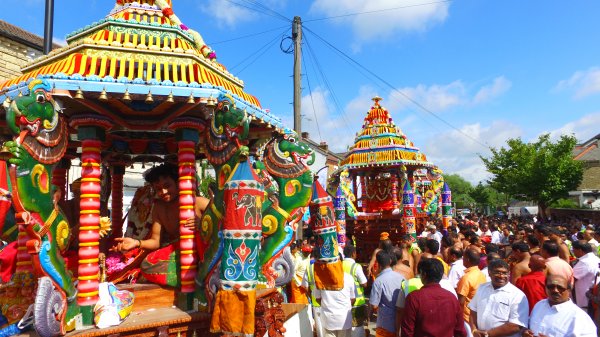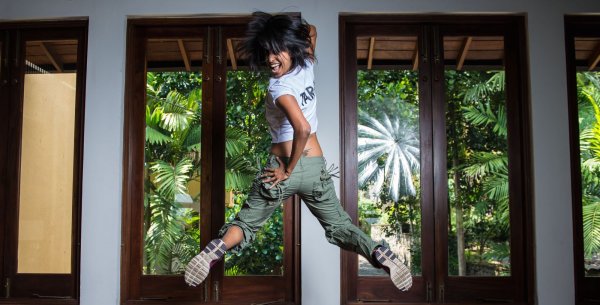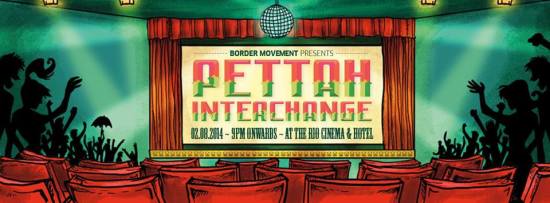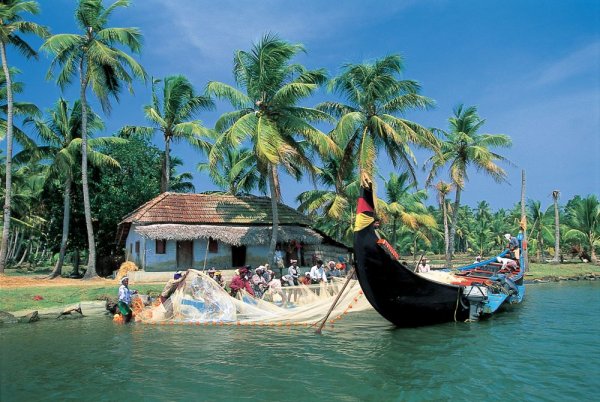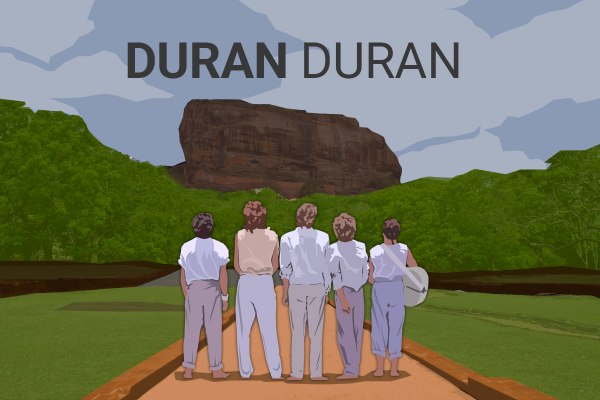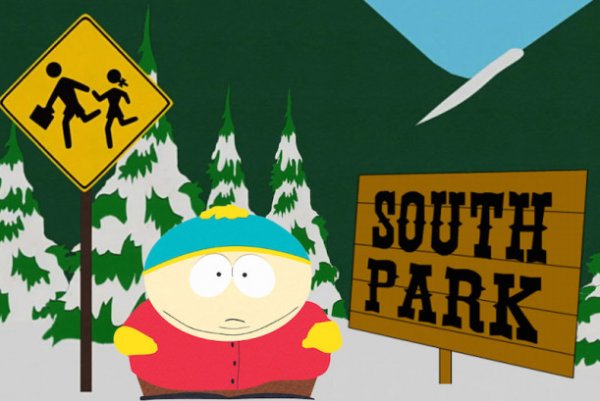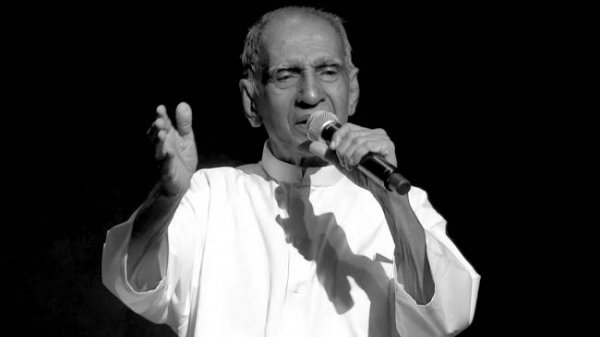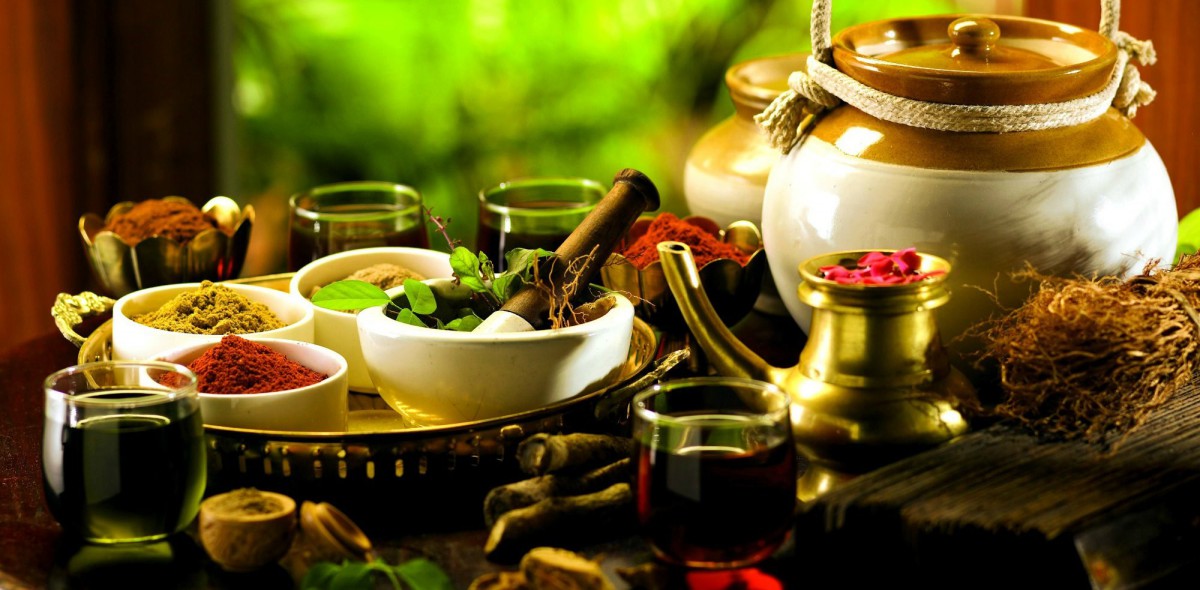
Stories of weda mahaththayas and their unusual herbal remedies that claim to cure multiple ailments and sicknesses are not uncommon in Sri Lanka. Nowadays, Ayurveda is an established medical practice in its own right. There are many qualified Ayurvedic doctors who have been trained in recognised institutions such as the National Ayurvedic Teaching Hospital in Colombo, the Gampaha Wickramarachchi Ayurveda Institute, and the Institute of Indigenous Medicine in Rajagiriya, which hosts the Faculty of Indigenous Medicine of the University of Colombo. In Sri Lanka, this holistic system of medicine occupies a proud place alongside allopathy or conventional western medicine.

Institute of Indigenous Medicine, University of Colombo. Image courtesy wikipedia.org
Important Concepts And Beliefs Behind Ayurveda
The term Ayurveda is actually a conjunction of two Sanskrit words: ayuh, meaning ‘life’, and veda, meaning ‘science’ or ‘knowledge’. Hence, Ayurveda literally means ‘science of life’. Those who practice Ayurveda also believe that there are three basic energies called doshas present in every person, namely the vata dosha, the pitta dosha and kapha dosha.
Vata dosha refers to the energy that controls bodily functions associated with motion, such as blood circulation and breathing, pitta dosha is believed to control the metabolic systems of the body, and kapha dosha refers to the energy that controls growth in the body. It supplies water to all body parts, moisturises the skin, and maintains the immune system.
The constitution of doshas differs from person to person and is known as prakruthi. In Ayurveda, it is believed that prakruthi has a bearing on every aspect of an individual, from their appearance to their personal attributes. The belief is that while everyone has all three doshas, one or two out of the three may be dominant. Many things can disturb this delicate balance of energies. Stress, an unhealthy diet, the weather, and strained family relationships—it is the imbalance that is believed to manifest as disease.
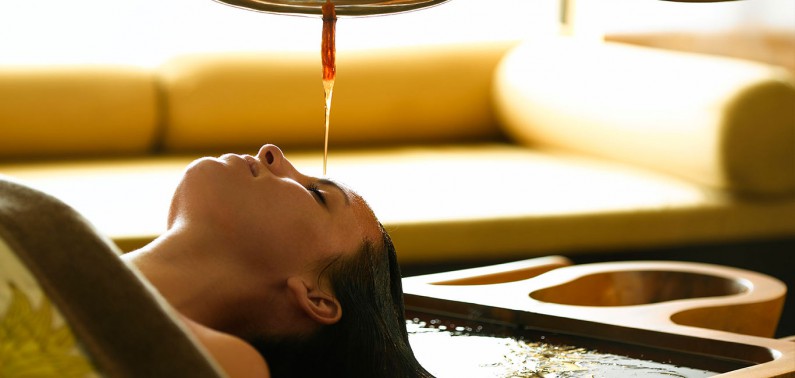
Ayurveda restores the balance of the doshas through herbal remedies and special treatments. Image courtesy goldisands.com
The fundamental purpose of Ayurveda is to restore this balance through herbal remedies and special treatments. A herbal-oil massage is believed to relieve muscle pain, steam baths and facials are believed to combat conditions such as acne and cholesterol, and steam inhalations are believed to clear blocked sinuses. However, Ayurveda does not merely seek to treat illness; it also seeks to promote overall healthy living through dietary and lifestyle changes.
Not The Same As Ayurveda In India
Interestingly, the form of Ayurveda that has been followed for centuries in Sri Lanka is a combination of Unani treatments from the Middle East, Ayurveda and Siddha practices from ancient India, and our own deshiya chikithsa or ‘local medical practices’. Therefore, it is essentially different from the Ayurveda that is practised in India.
Deshiya chikithsa, also known as hela weda, was already present when Arahath Mahinda Thero, son of King Asoka of India, visited Sri Lanka in the 3rd Century BC.The Mahawamsa states that Mahinda Thero brought both Ayurveda and Buddhism into the country from India. Unani, on the other hand, was introduced by the Arab traders who periodically visited Sri Lanka over the centuries. Therefore, all these various forms of medical treatments—unique to our homeland—converged to form our own brand of Ayurveda.
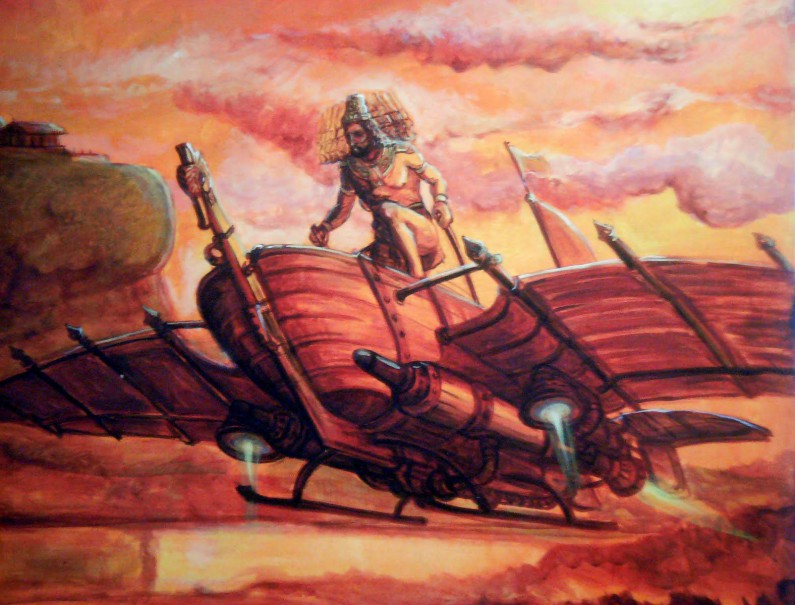
King Ravana was a great scholar in Ayurvedic medicine. Image courtesy refreshingsrilanka.blogspot.com
The Mahawamsa and the Culamvamsa, as well as the plethora of rock inscriptions found scattered throughout the island, show that our ancestors were brilliant in their knowledge of the art of healing. Ayurveda has even made an impact on mythology: according to the Ramayana, King Ravana was a great physician famed for his knowledge of Ayurveda.
Ruins of ancient hospitals have also been found alongside the ruins of monasteries located in Anuradhapura, Mihintale, and Polonnaruwa. The ancient monastic hospital at Mihintale is the best known out of these ruins. It contains many artefacts that highlight the medical expertise of the people of the ancient kingdoms, such as the trough-like ‘medicine boat’ carved out of stone, in which patients were immersed with medicinal oil or herbal infusions for specific periods of time.
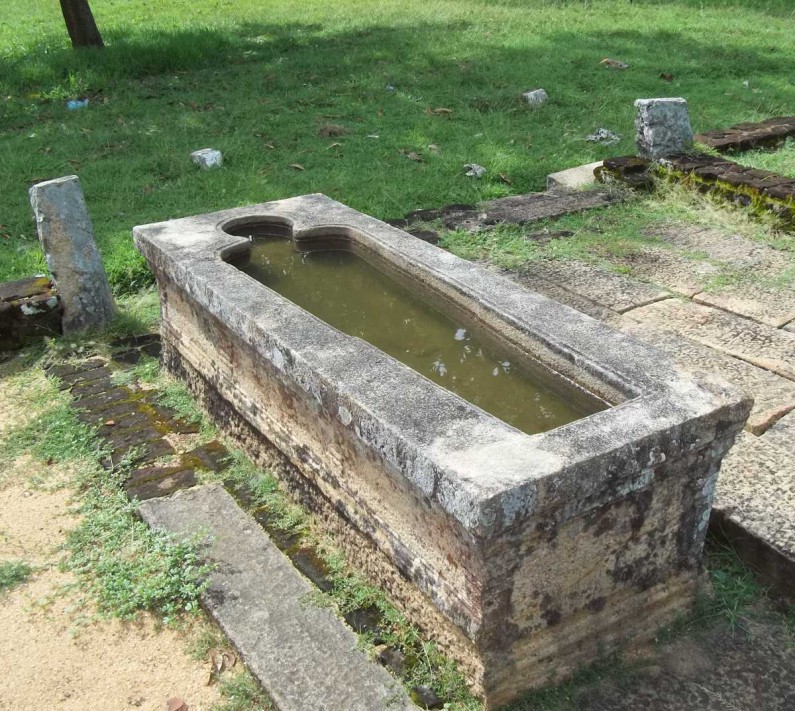
The medicine boat at the ancient Mihintale hospital. Image courtesy brelief.org
Ayurveda As A Healing Science In Sri Lanka
Though it is mainly the population in the rural areas of the country that rely on the treatments of Ayurveda, a large number of people in Colombo and in other urban areas depend on it, too, and this has resulted in at least one Ayurvedic hospital being facilitated in these areas.
“The main reason why so many people rely on this holistic system of medicine is because the cures for various diseases are produced after examining the patients,” says Dr. Kamal Perera, Head of the Department of Ayurveda Pharmacology and Pharmaceutics at the Institute of Indigenous Medicine. “Since everyone has a unique pattern of energy, proper Ayurvedic treatment procedure requires that doctors carefully examine and question their patients before prescribing the appropriate treatment. Ayurveda’s system of treatment is more personal when compared to western medical treatments.”
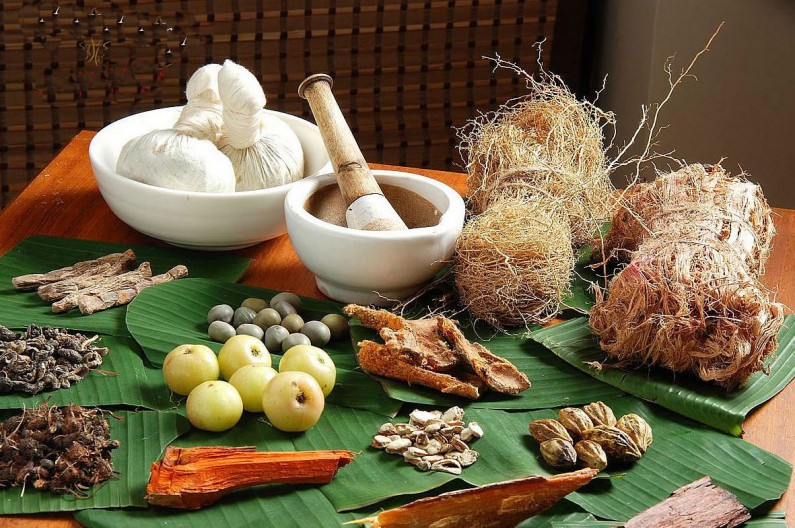
A rich assortment of medicinal plants has allowed Ayurveda to thrive for centuries. Image courtesy newdrugapprovals.org
Sri Lanka’s rich biodiversity is another important factor that has contributed towards Ayurveda’s lingering popularity. A rich assortment of medicinal plants, some of which are endemic to our country, has allowed practitioners to produce age-old herbal treatments and even create new ones.
Challenges For The Practice
The Department of Ayurveda, which handles the registration of Ayurvedic doctors and other administrative matters, comes under the purview of the Ministry of Health. According to Dr. Perera, while the government does provide funding to the Ayurvedic sector, most of its focus is on allopathic medicine in Sri Lanka. He went on to say that Ayurveda is not considered a primary form of healthcare in Sri Lanka, despite the high percentage of people in Sri Lanka who rely on it.
“The government needs to be more involved in developing the sector, and they need to take the necessary steps to prevent unauthorised doctors from practising the science,” he said. “Government grants will lead to more research and help to create evidence-based Ayurvedic medicine in Sri Lanka.”
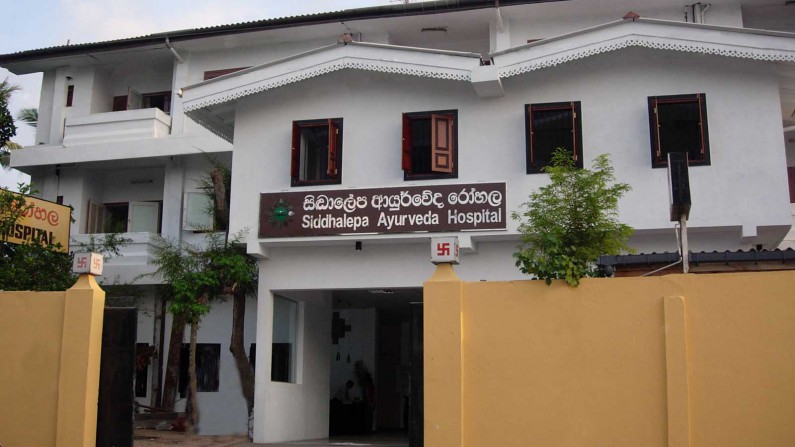
Ayurveda medication system exists parallel to the western medication system even today. Image courtesy: siddhaleparesort.com
While Ayurvedic medicines are mainly made of herbs and spices, certain metals such as gold, copper, and even arsenic are also mixed in miniscule quantities, according to traditionally accepted methods. This knowledge has been misused by a few unqualified or unlicensed practitioners, leading to improper treatments and myths pertaining to Ayurvedic food habits and lifestyle recommendations. Dr. Perera asserts that even certain paramparika (traditional) Ayurvedic doctors in Sri Lanka, who have been trained by their forefathers, are not qualified enough to treat patients. This is because the knowledge they possess is mostly outdated and not supported by modern technology and research. At present, the minimum qualification required to practice Ayurvedic medicine in Sri Lanka is a degree that demands 5 years of theoretical study and a year-long internship.
“We need to persuade the traditional doctors to keep up with the modern Ayurvedic treatments, first by allowing them to study and obtain a qualification from one of the higher education institutions in Sri Lanka,” said Dr. Perera. “If we can do this, it will be better both for our patients and for Ayurvedic medicine as a whole.”
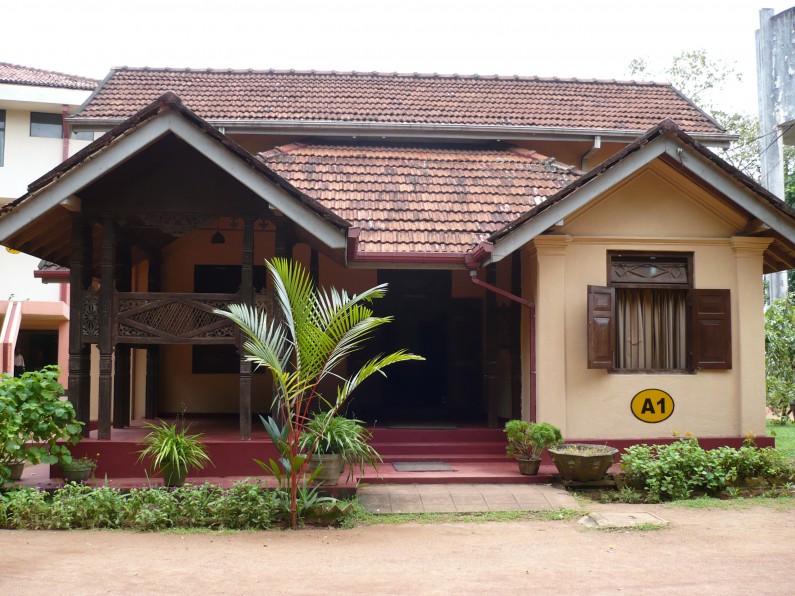
Gampaha Wickramarachchi Ayurveda Institute is affiliated with the University of Kelaniya. Image courtesy conf.kln.ac.lk
Currently, Dr. Perera is involved in creating an app that will make it easier for Ayurvedic doctors and patients to keep track of patient records and other important medical details.
As of now, there are around 16,800 registered Ayurvedic medical officers in Sri Lanka. If the industry receives support from both the private and public sectors, plus more funding to support increased research and development, it could achieve greater success and will therefore have substantial grounding as a primary health-care system in Sri Lanka.
Featured image courtesy greenhillella.com
